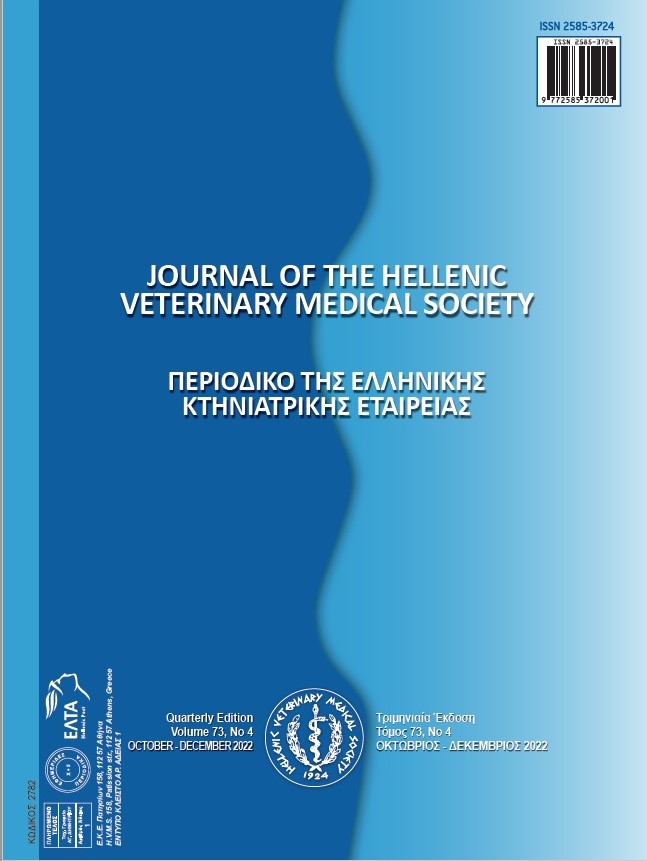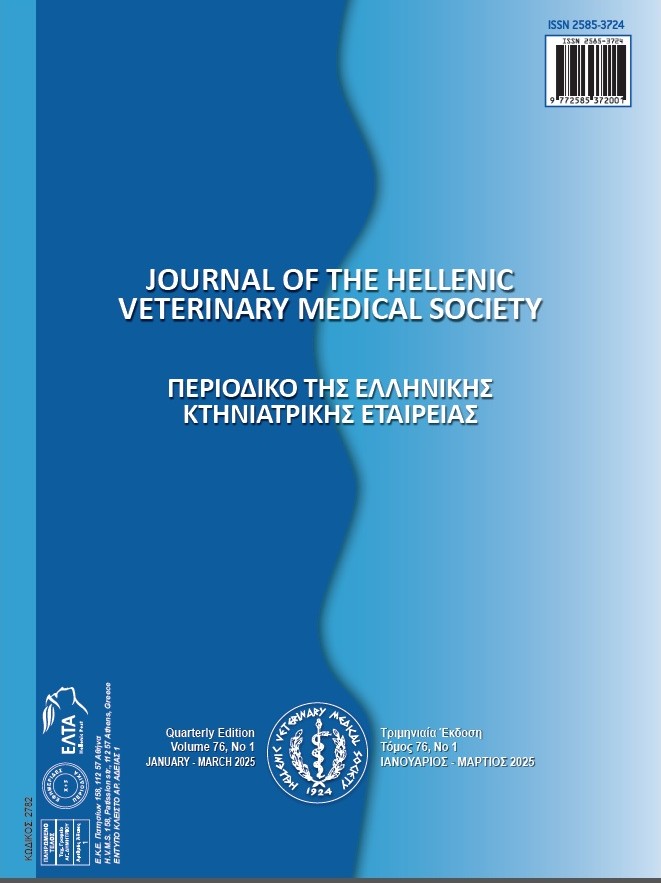Comparison of colony initiation success of queen bees (Bombus terrestris L.) fed diets with different pollen sources
Аннотация
This study examined the effect of feeding diets with different pollen sources to queen bees (Bombus terrestris) on the initiation of the colony. 120 fertile queen bees that healthily emerged from diapause were randomly distributed to six diet groups of different pollen sources: i) Poppy pollen (PP), ii) Chestnut pollen (CP), iii) Labdanum pollen (LP), iv) Poppy-Chestnut pollen (PPCP), v) Poppy-Labdanum pollen (PPLP) and vi) Chestnut-Labdanum pollen (CPLP). In addition, groups were fed sugar syrup (50 brix) ad libitum. During the rearing of queens, the room temperature and relative humidity were 27-28 °C and 50%, respectively. It was found that pollen consumption differed among the groups (P<0.01); highest and lowest in the PPCP and CP groups, respectively. The worker bee emergence time was earliest and latest in the LP and PP groups, respectively (P<0.05). Furthermore, the number of worker bees in the first brood varied among the groups (P<0.01), higher in the PPCP compared with the rest of the groups. On the other hand, the weight of queen and worker bees, first egg-laying time, and survival rate did not differ among the groups (P>0.05). In conclusion, this study suggested that the supplementation of bee diets with multi-floral poppy-chestnut pollen could enhance colony initiation of queen bumblebees.
Article Details
- Как цитировать
-
Akyol, A., Aktürk, S., Şekeroğlu, A., & Abacı, S. (2025). Comparison of colony initiation success of queen bees (Bombus terrestris L.) fed diets with different pollen sources. Journal of the Hellenic Veterinary Medical Society, 76(2), 9163–9170. https://doi.org/10.12681/jhvms.38558
- Выпуск
- Том 76 № 2 (2025)
- Раздел
- Research Articles

Это произведение доступно по лицензии Creative Commons «Attribution-NonCommercial» («Атрибуция — Некоммерческое использование») 4.0 Всемирная.
Authors who publish with this journal agree to the following terms:
· Authors retain copyright and grant the journal right of first publication with the work simultaneously licensed under a Creative Commons Attribution Non-Commercial License that allows others to share the work with an acknowledgement of the work's authorship and initial publication in this journal.
· Authors are able to enter into separate, additional contractual arrangements for the non-exclusive distribution of the journal's published version of the work (e.g. post it to an institutional repository or publish it in a book), with an acknowledgement of its initial publication in this journal.
· Authors are permitted and encouraged to post their work online (preferably in institutional repositories or on their website) prior to and during the submission process, as it can lead to productive exchanges, as well as earlier and greater citation of published work.





